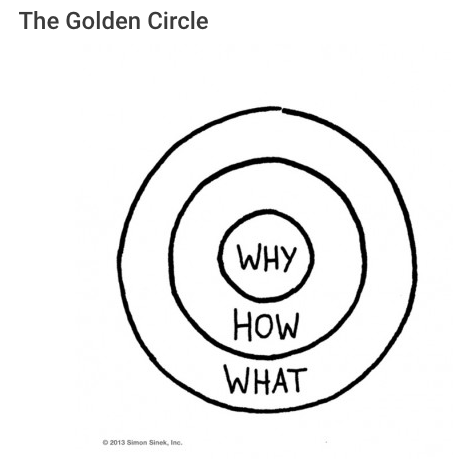By: Mabel Weng
There are many different types of pitches: elevator pitches that range from 20 to 30 seconds, media pitches that tell newsworthy stories, fundraising pitches for a cause and everything in between. What we know is that the key to a good pitch is a great story.
But what makes a good story? In honour of National Book Lovers Day, I recently read Simon Sinek’s best-selling novel “Start with Why” which for me highlights the key features of good storytelling. At The PR Hive, we love helping clients tell their story and Sinek’s book makes the connection for why we should always start with “why.”
If you want to inspire action, always communicate your “why” first.
One misconception is that “why” comes from in-depth market research but the “why” should come from within. Finding the “why” is a process of self-discovery, not invention.
As communication professionals, we help our clients share their stories. To do that we look for the “why” behind what they do. Many people know what they are doing or selling but may find it more challenging to articulate why they are doing it. We often find ourselves probing our clients with questions to get to the why. We ask “Why does your company exist? What motivates you to get up every morning and come to work? What issue are you solving? Why should people care?”
When you share your why, you capture and convey the essence of who you are. People who can relate to your story, your passion, or your personal values are more likely to engage with your brand online or buy what you have to sell, whether it is a product or service.
Covering the Why, How, and What
In Sinek’s book he writes about the Golden Circle – “Why, How and What.” “Why” is the purpose of an organization, “how” is what they are doing to support the purpose, and “what” is the physical product or service an organization or person is selling.
Following the story structure of Why, How, and What not only covers the key proponents to a good story but also shares the story in a way that will capture your audience’s attention.
Everyone loves a good story and getting to the “why” is what makes a good one. Good stories capture emotions. Sharing what motivates and drives someone often helps capture their passion for their work which in turn engages audiences.
